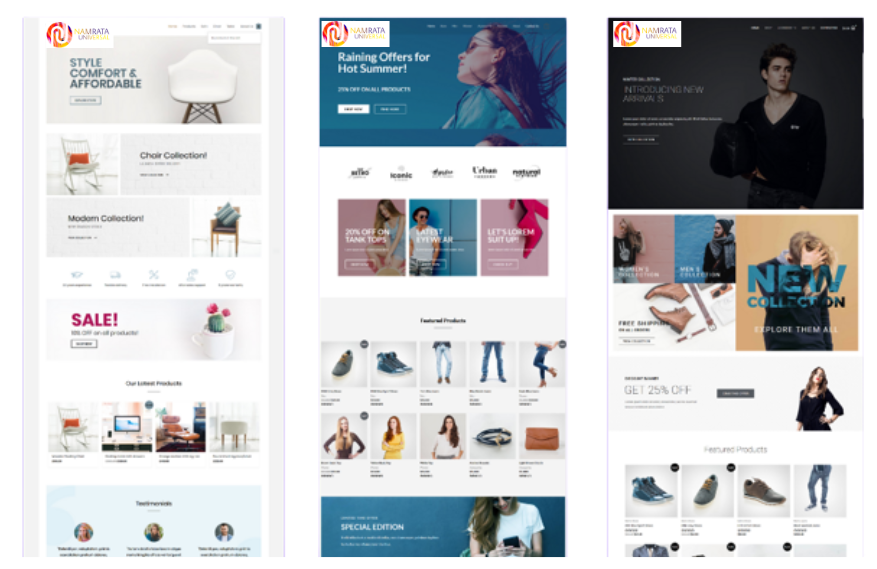Web designing is the process of planning and creating websites and web pages to represent a company’s brand and information and enhance a user friendly experience. It involves organizing content and images across the website and web pages and integrating applications and other interactive elements. Web design also includes web app, mobile apps and user interface design. Web design assists a business building and maintaining clear brand for them. A website expresses a business brand and this makes it easy to navigate and help their customers identify the visual elements of the brand as a specific company and its product and service.
There are mainly four types of websites :-
• Informative website
• Dynamic website
• Static website
• E commerce website
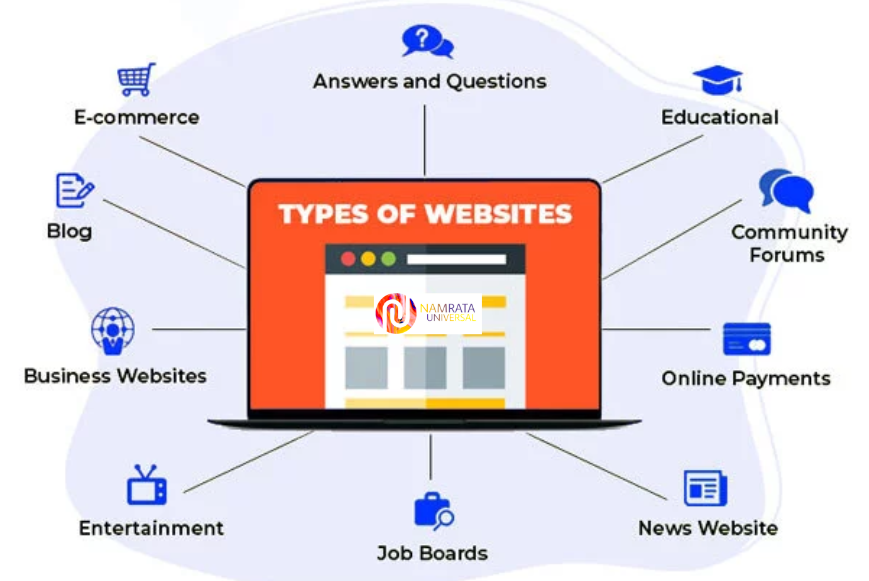
Informative website is the simplest type of website which focuses on the content itself. The aim of informative website is to communicate ‘who’, what, where, when and why of a business or organization with their online audience. Informative website is a perfect platform to share the details and other facts about your company or organization like company history, years of experience, location info, upcoming events and current promotion. Personal use website, simple brochure website and small to medium sized business websites are example of informatinve website.
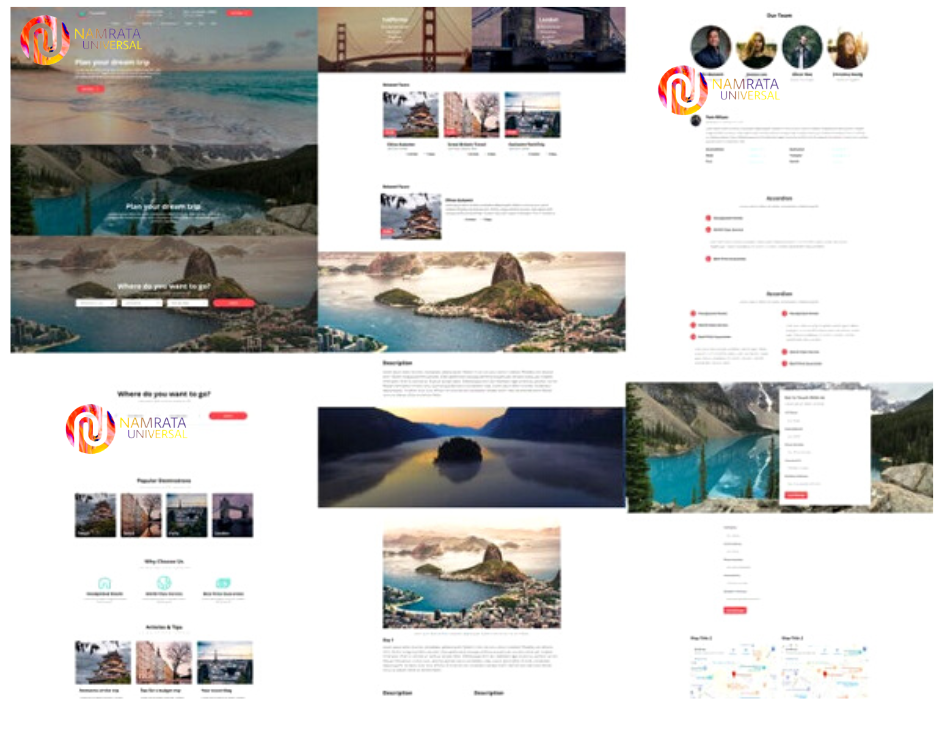
The informative website includes these basic elements:-
• Custom home page
• Custom set of page layout or templets
• Content pages with modular content section
• Blog index and post pages
• Contact us blog
Dynamic website genreted in real time and the content in this website changes on the basis of viewers’ priority, selection and time zone.
Dynamic website is the website in which the information keeps on changing as per the visitors’ preference, selection and time zone. This website is created in real time. In dynamic websites, any scripting languages like javascript with client side HTML scripting is used to edit the content of the page.
E-commerce sites, Blogs, calendars, or to-do sites, any site with information that must be updated regularly come under dynamic websites.
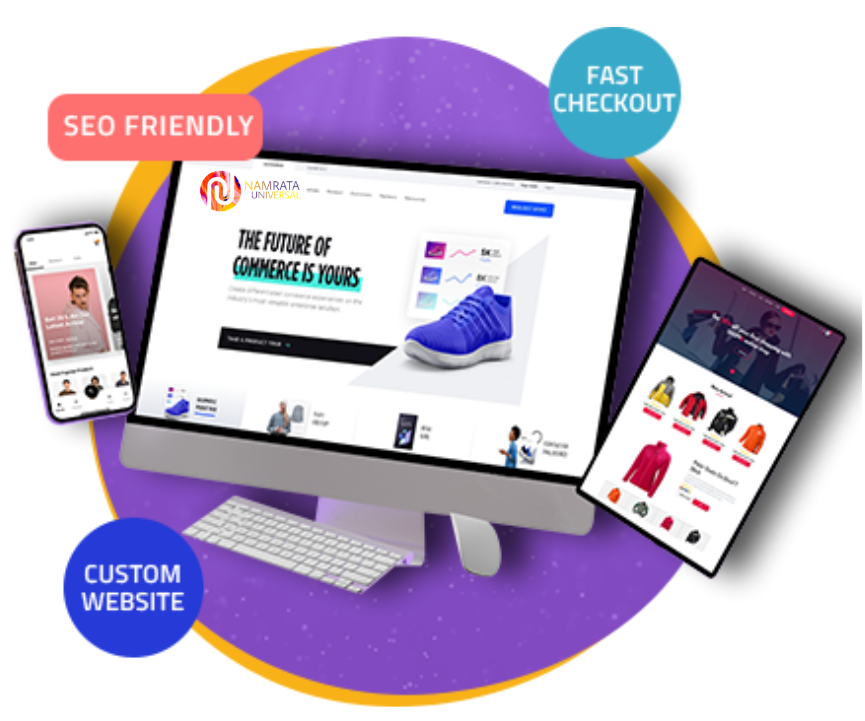
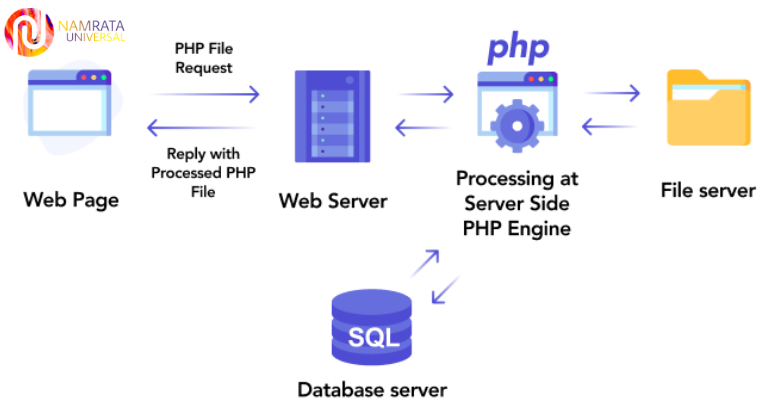
• Dynamic websites allow you to update the content as per the requirement.
• It is user friendly means you can easily make changes according to the requirement.
• Dynamic websites are interactive because the user can leave comment or queries on the basis of real time experience and this thing helps you know the reviews of customers through which the site can be changed by the owner accordingly.
• Dynamic websites look more professional than static website.
A static website is very simple in which the Web pages have fixed content and fixed code, the content of each page does not change unless it is manually updated by the website developers. Page is coded in HTML and represents the same information to every visitor. Static website is the most basic type of website and it is easy to create. Static website does not require any Web programming or database design. A static website can be created by simply creating a few HTML pages and publishing them to a Web server. HTML, CSS and JavaScript are components of static website. Resume websites, portfolio websites, brochure websites, one-off landing pages, and other informational or read-only sites are created under static website.
• Static websites requires less or no maintenance because the content on this website is fixed; it is not changed for a certain period of time.
• The speed of web page loading is faster due to fixed item on the webpage and it doesn’t need to contact back end system every time.
• The person, who has little knowledge of coding, can create static website easily.
• It is suitable for small website.
• It is easier and cheaper to develop
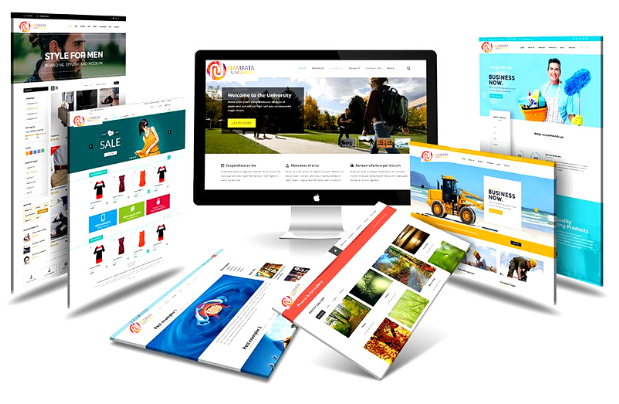
E commerce website is the best example of dynamic website. E commerce website is such a website that is created to buy and sell physical goods, services, and digital products over the internet. An e-commerce website is helpful in processing orders, accepting payments, managing shipping and logistics, and providing customer service. E-commerce offers electronically transferring funds and data between two or more people. A businessman can do a lot of things related to its business like recording customer information (name, address, etc.), Collecting customers’ acceptance of your terms of service, calculating any applicable taxes, applying coupons or discounts, generating order and tracking numbers, sharing delivery details, processing billing information, providing access to a payment gateway through ecommerce website. Amazon, Flipkart, Meesho, Myntra, Ajio and Snapdeal are some of the examples of e commerce website.
Add to cart and payment gateway are the most important features of e commerce website.
Add to cart is the feature of e commerce website in which you choose the products and drop and save in the cart without completing any payment. Add to cart button is located by the side of buy now button. This feature allows you to purchase multiple items at one time.
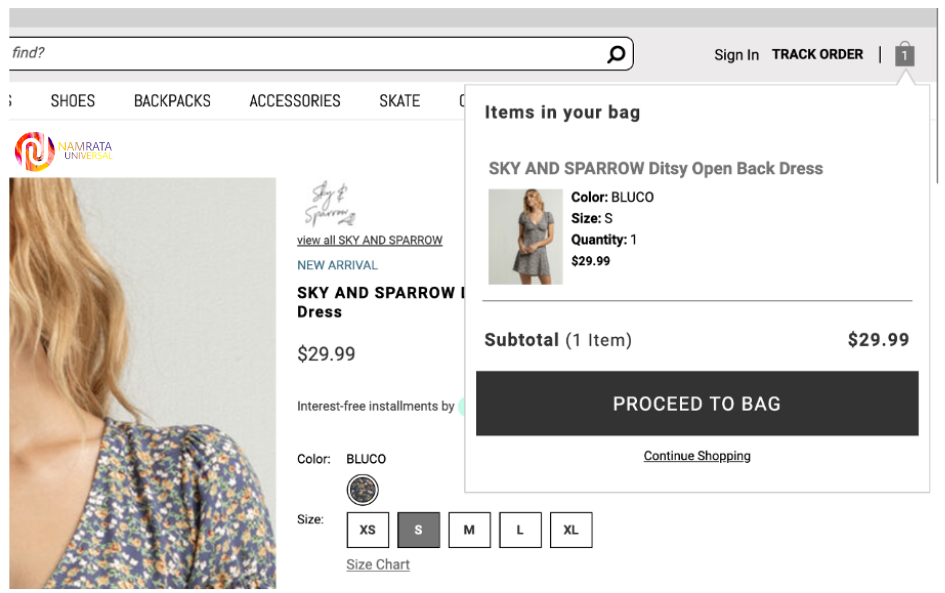
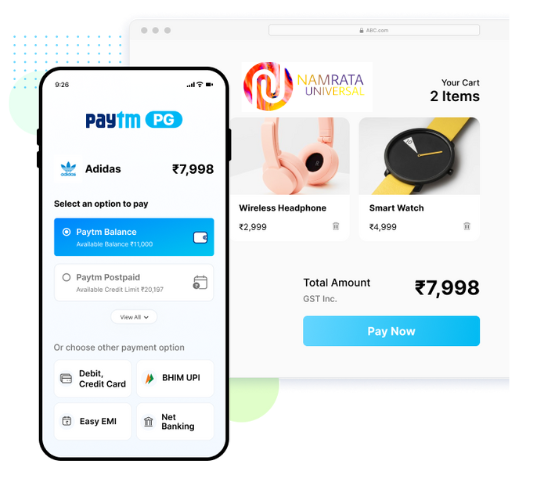
Payment gateway is another feature of e commerce website. A payment gateway is an online payments service used by the merchant for payment for receiving payments through credit or debit card. The customer is required to fill in some details, like credit/debit card number, expiry date, and CVV. Razopay, Paypal, Instamojo, Paytm and Cashfree are some of the examples of payment gateway.
• It helps in reducing cost and time.
• It offers several payment modes.
• It enables you easy export.
• You can compare product and its price before purchasing.
• The customer can easy buy and return the product if he/ she doesn’t like product.
• You can easily buy and sell any product anytime and anywhere without going anywhere.
